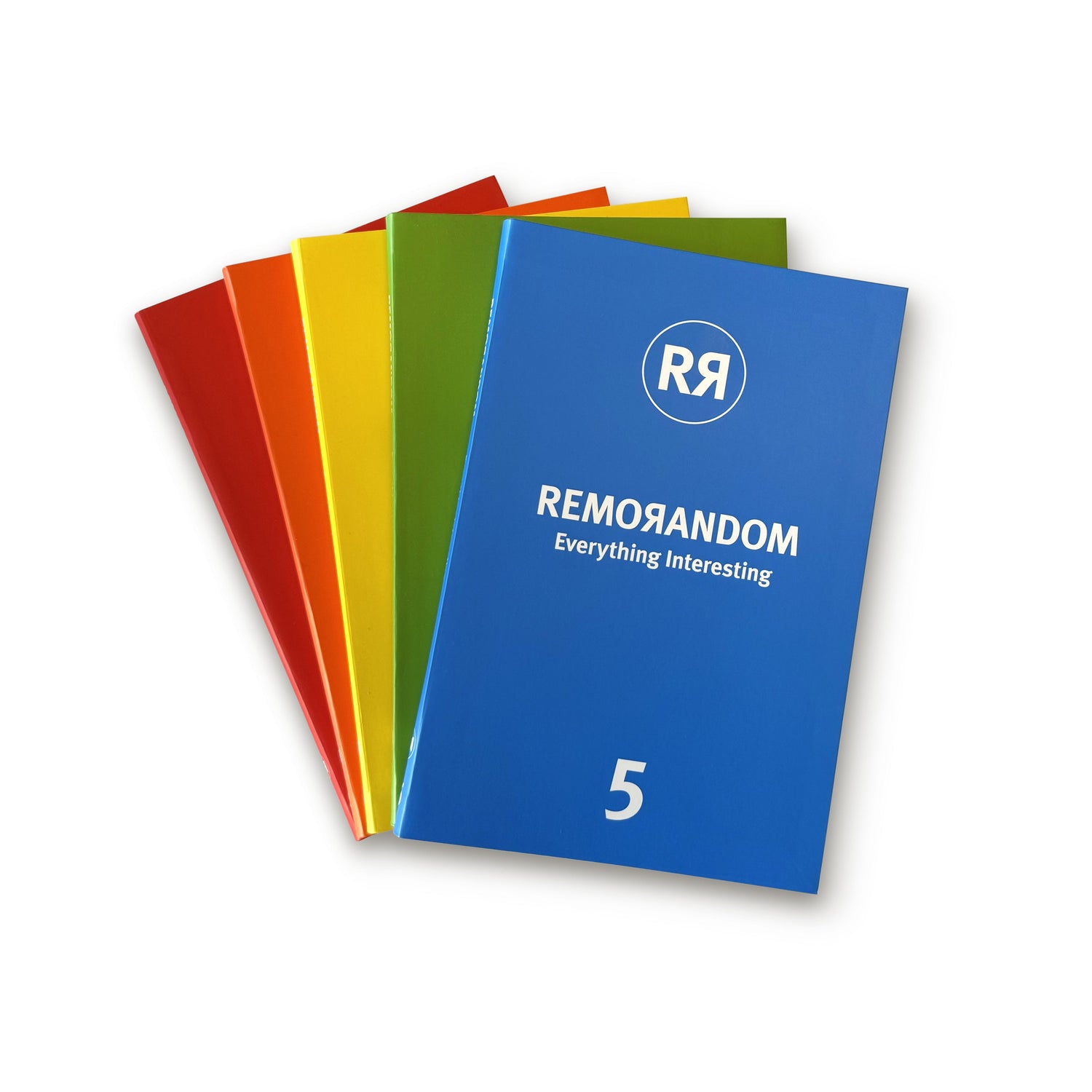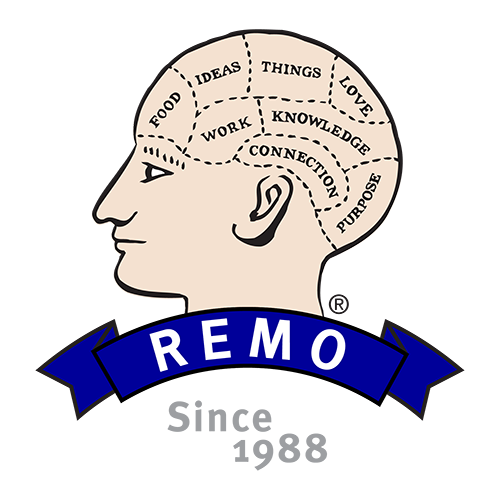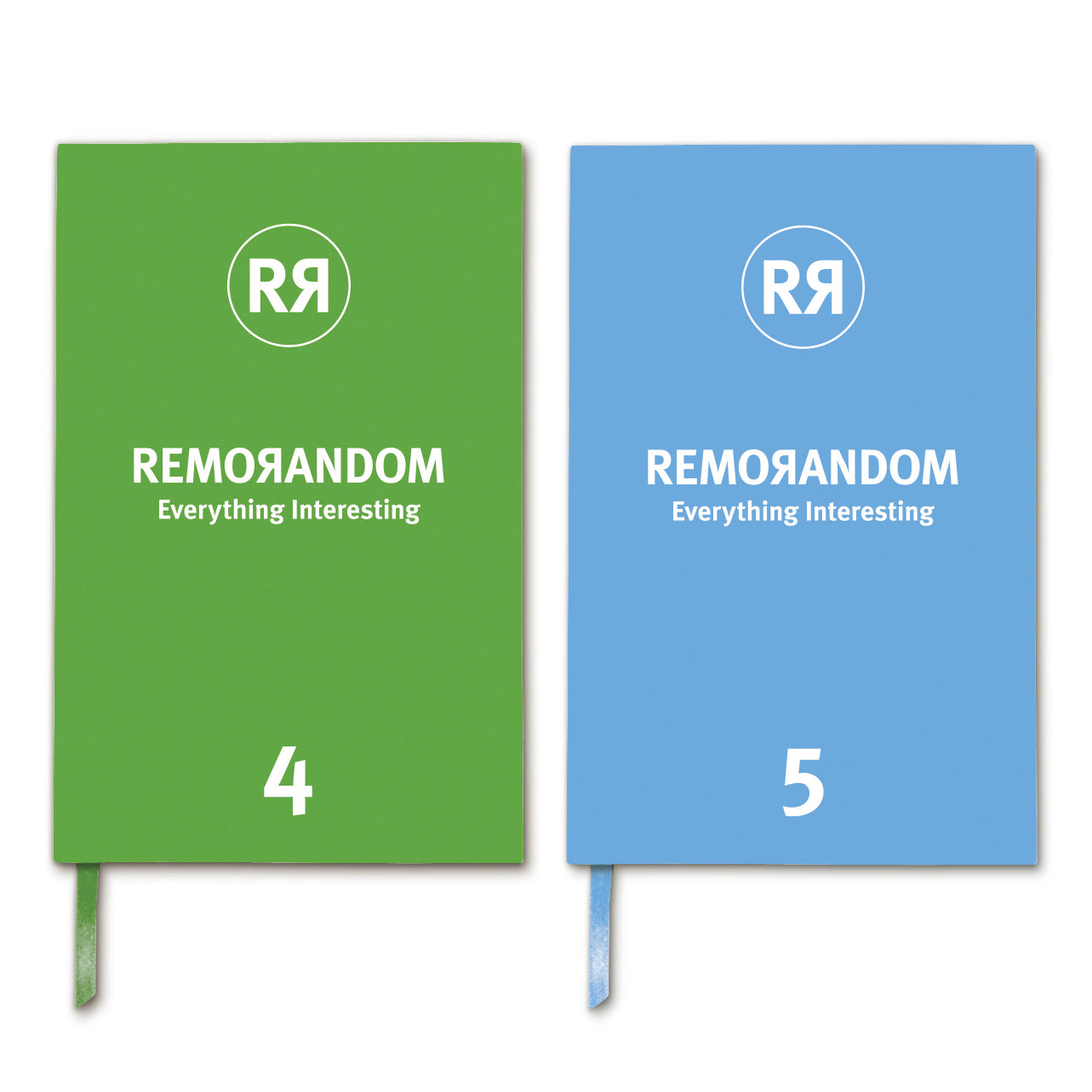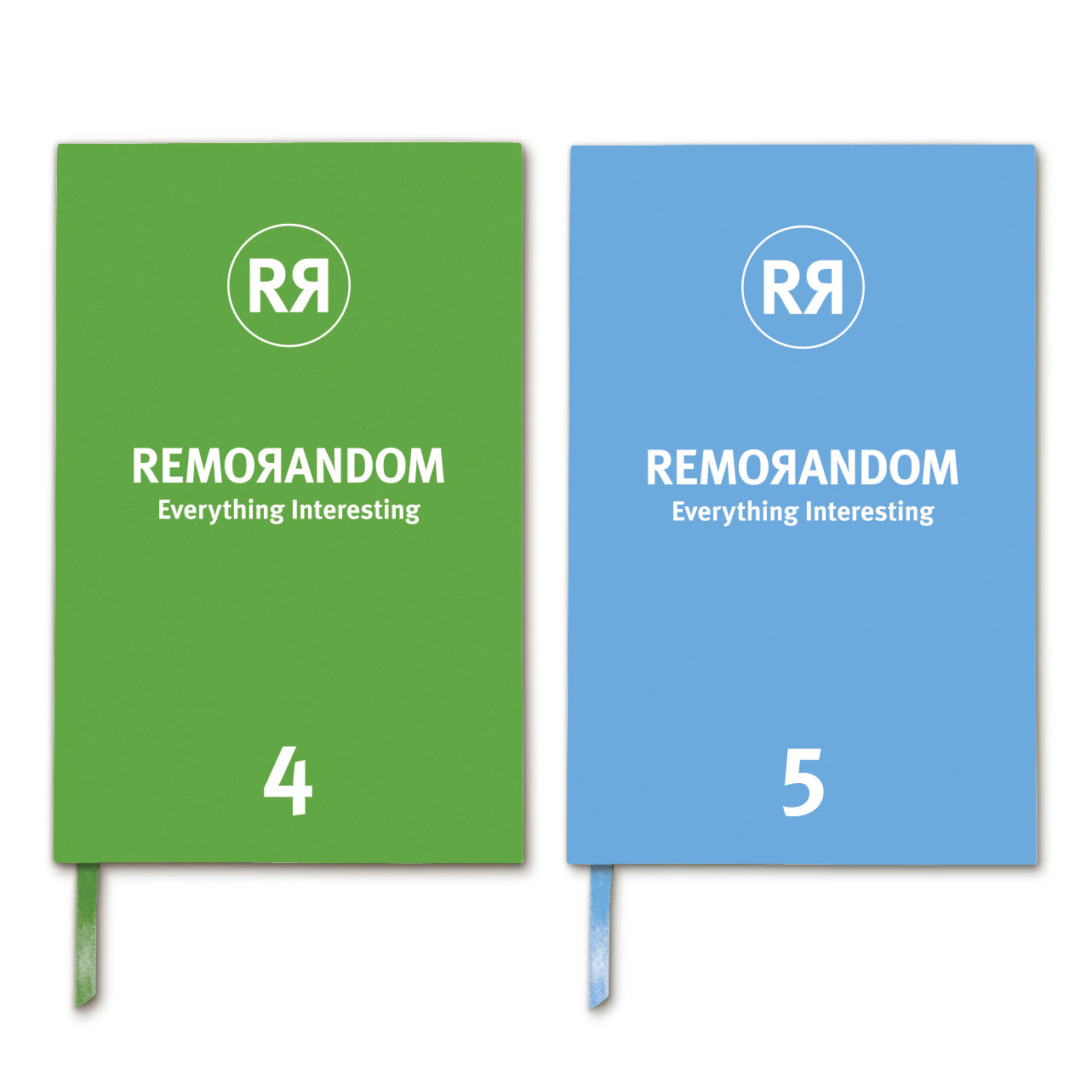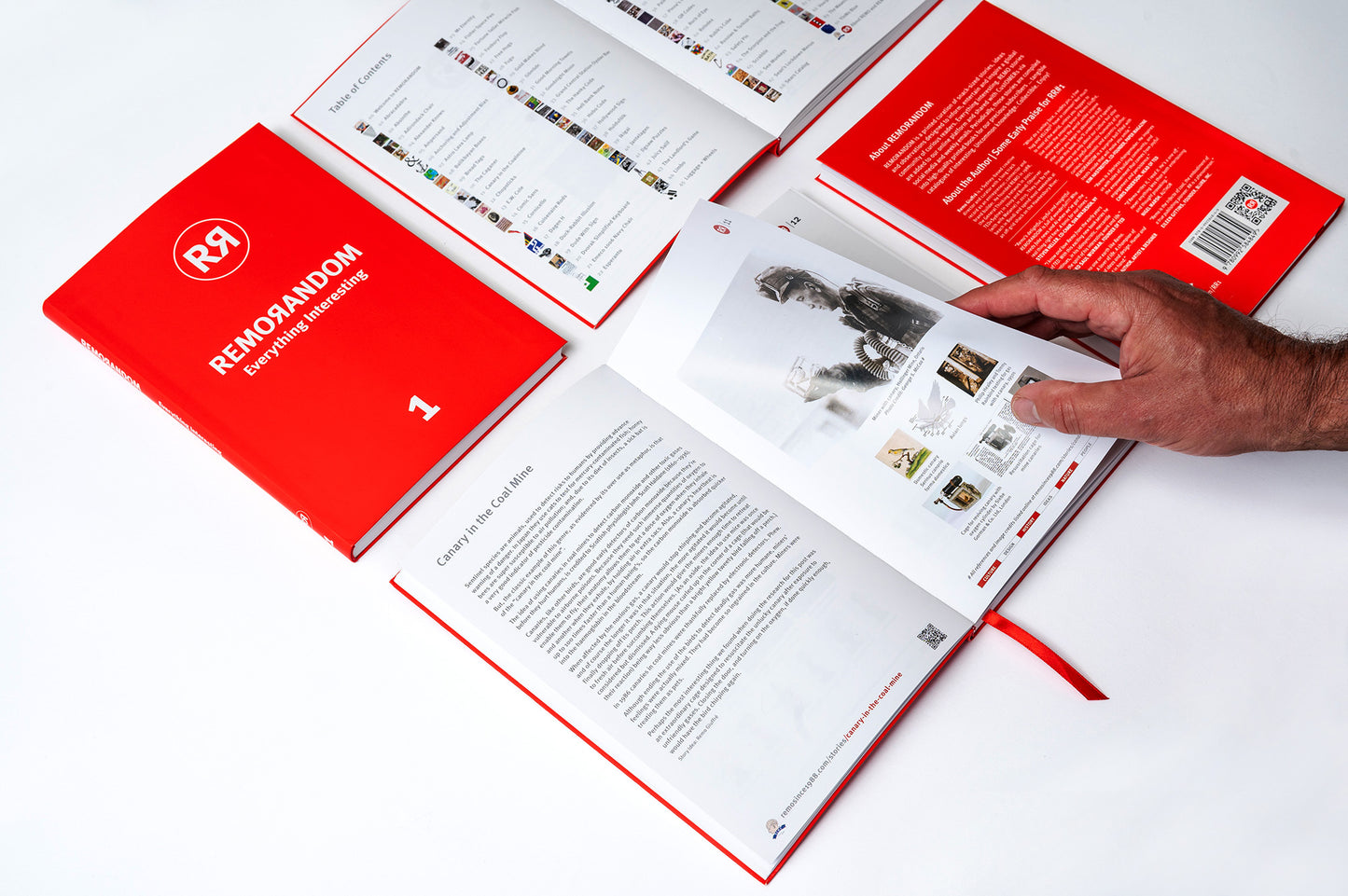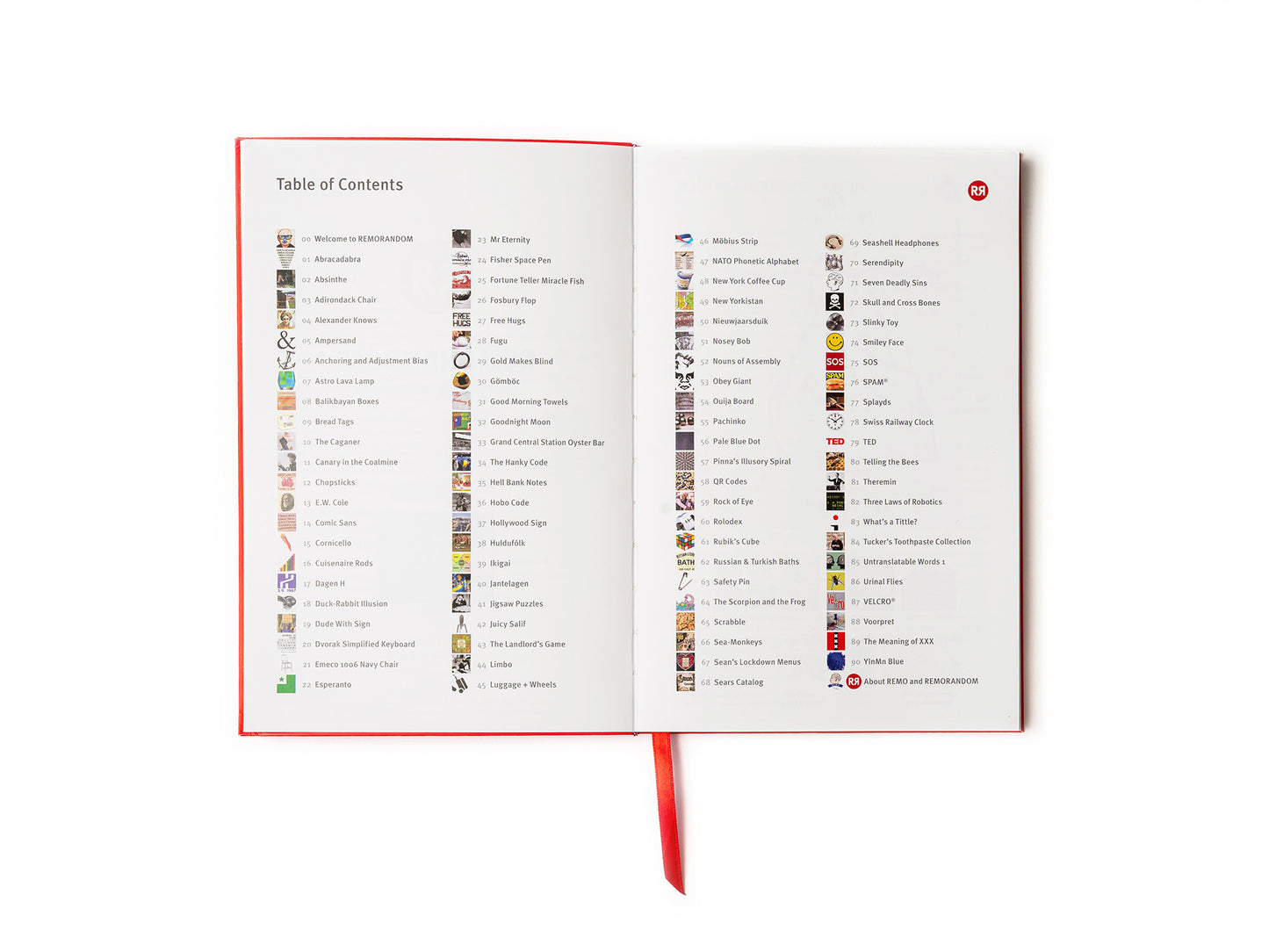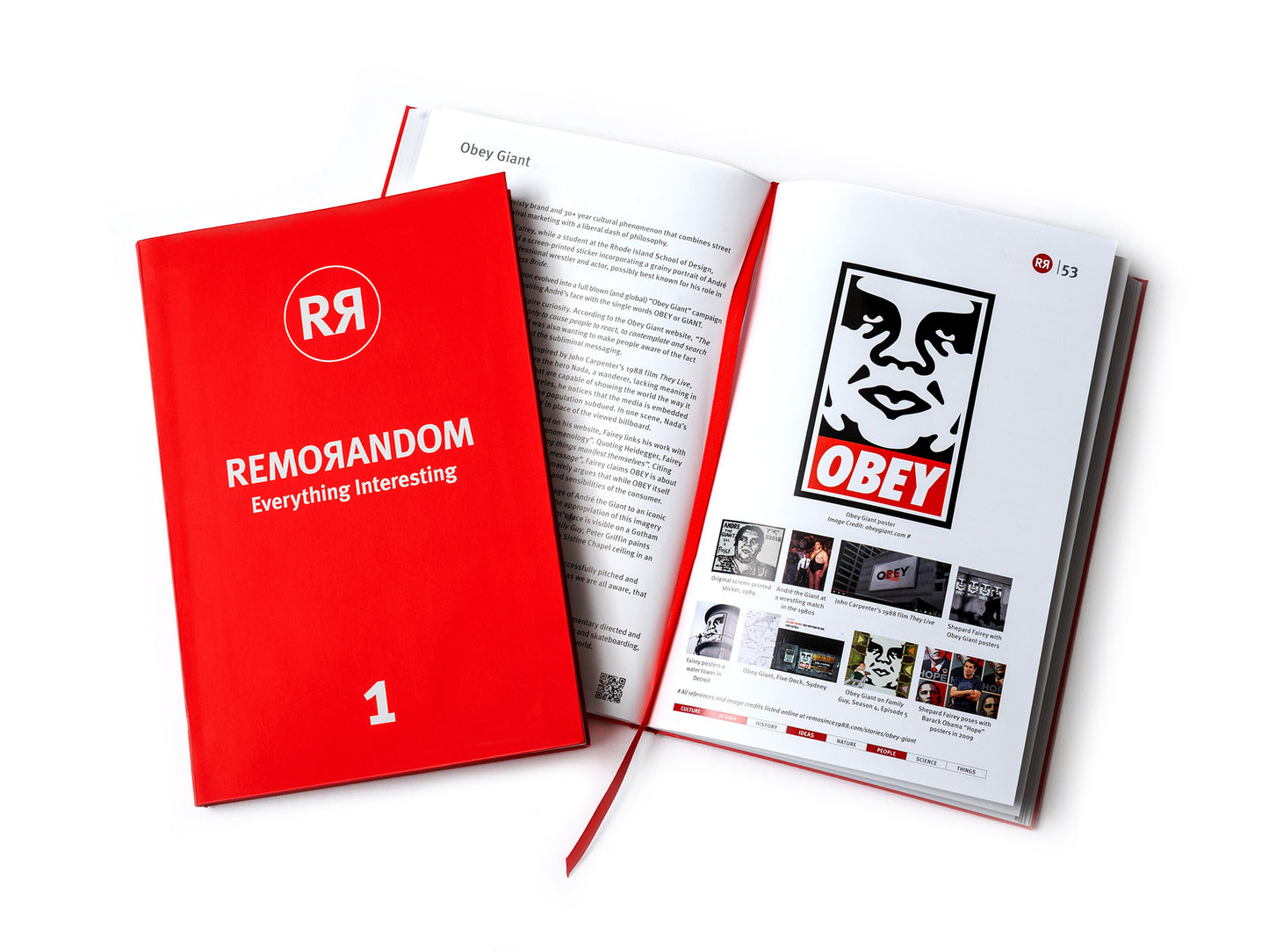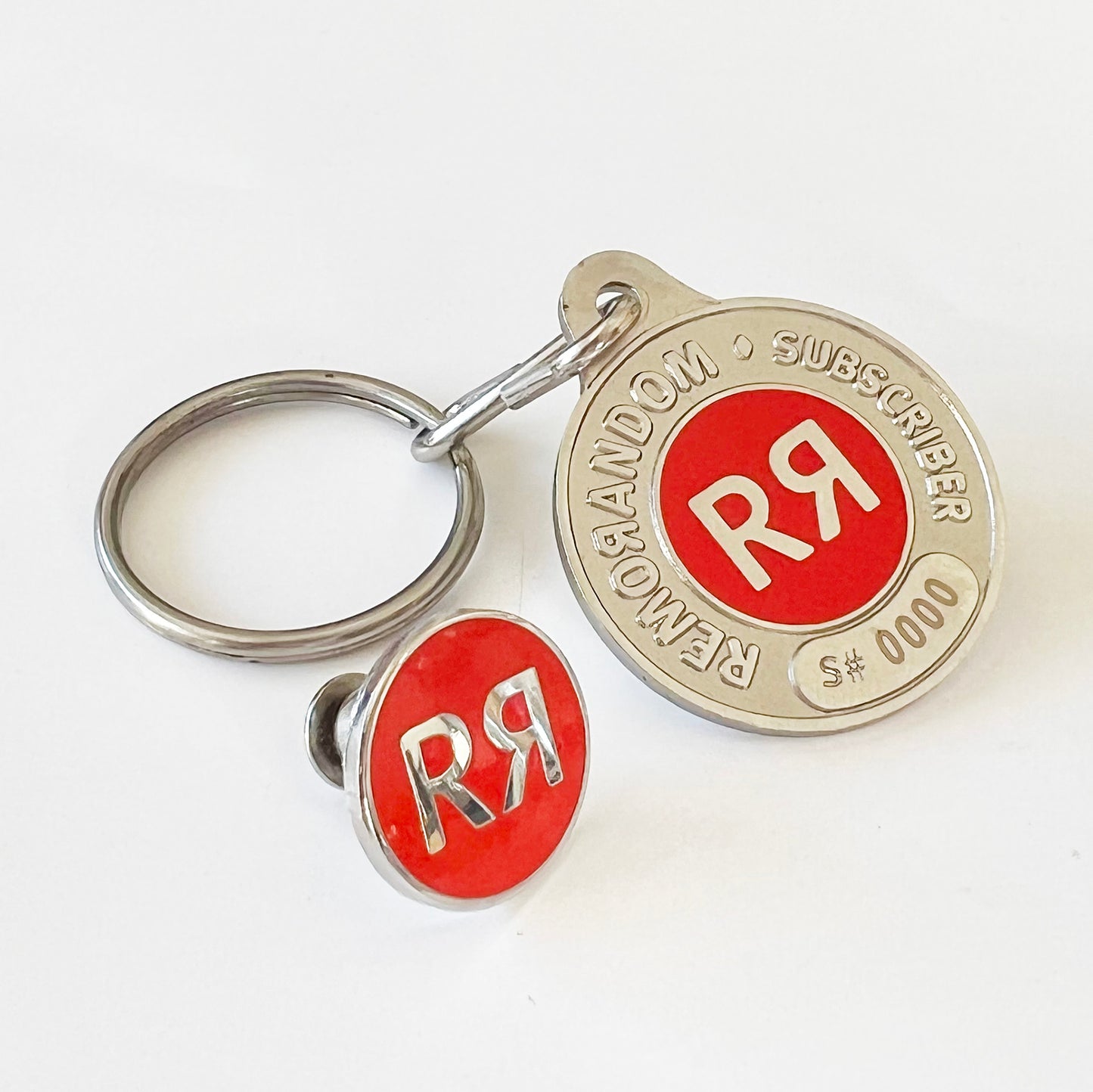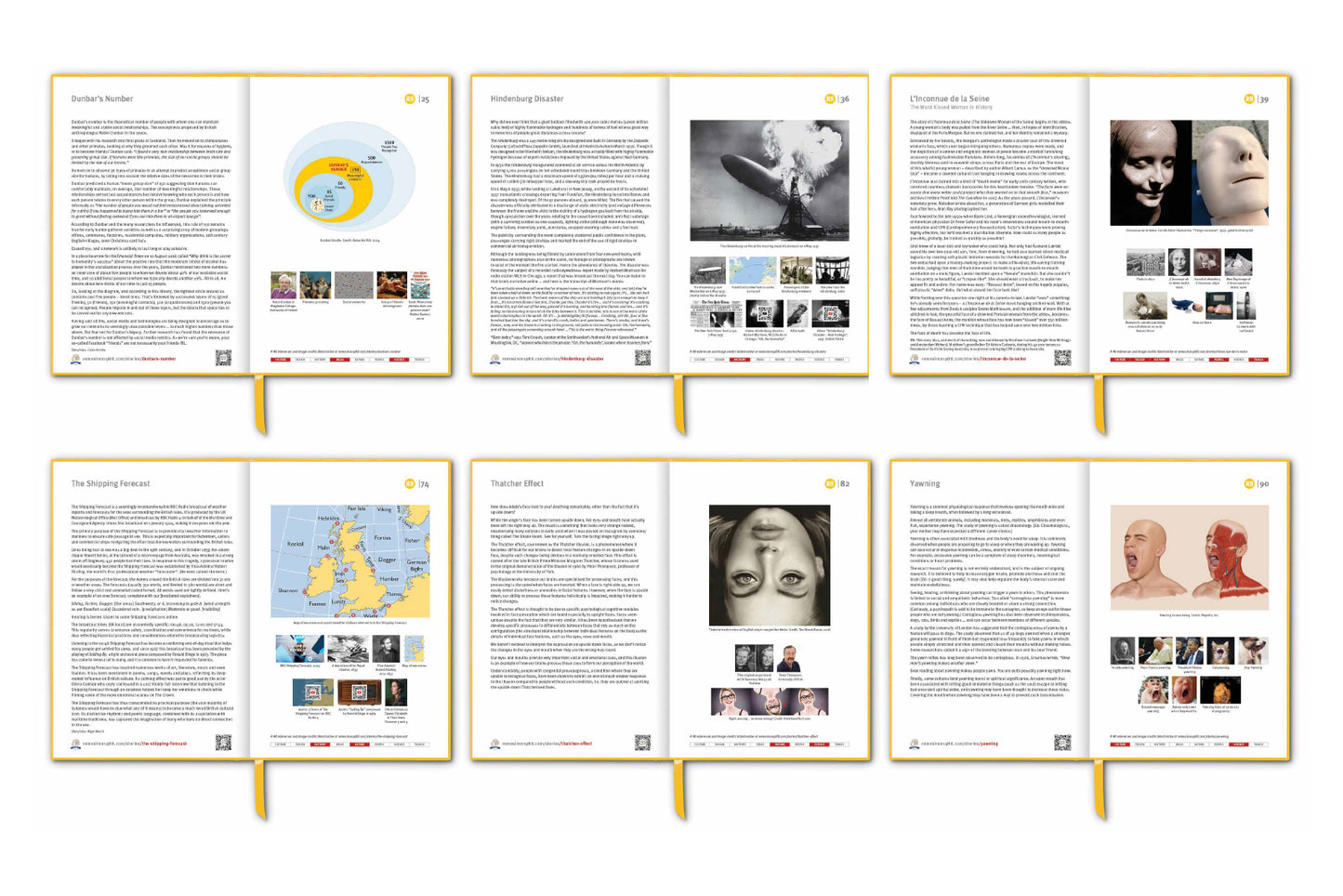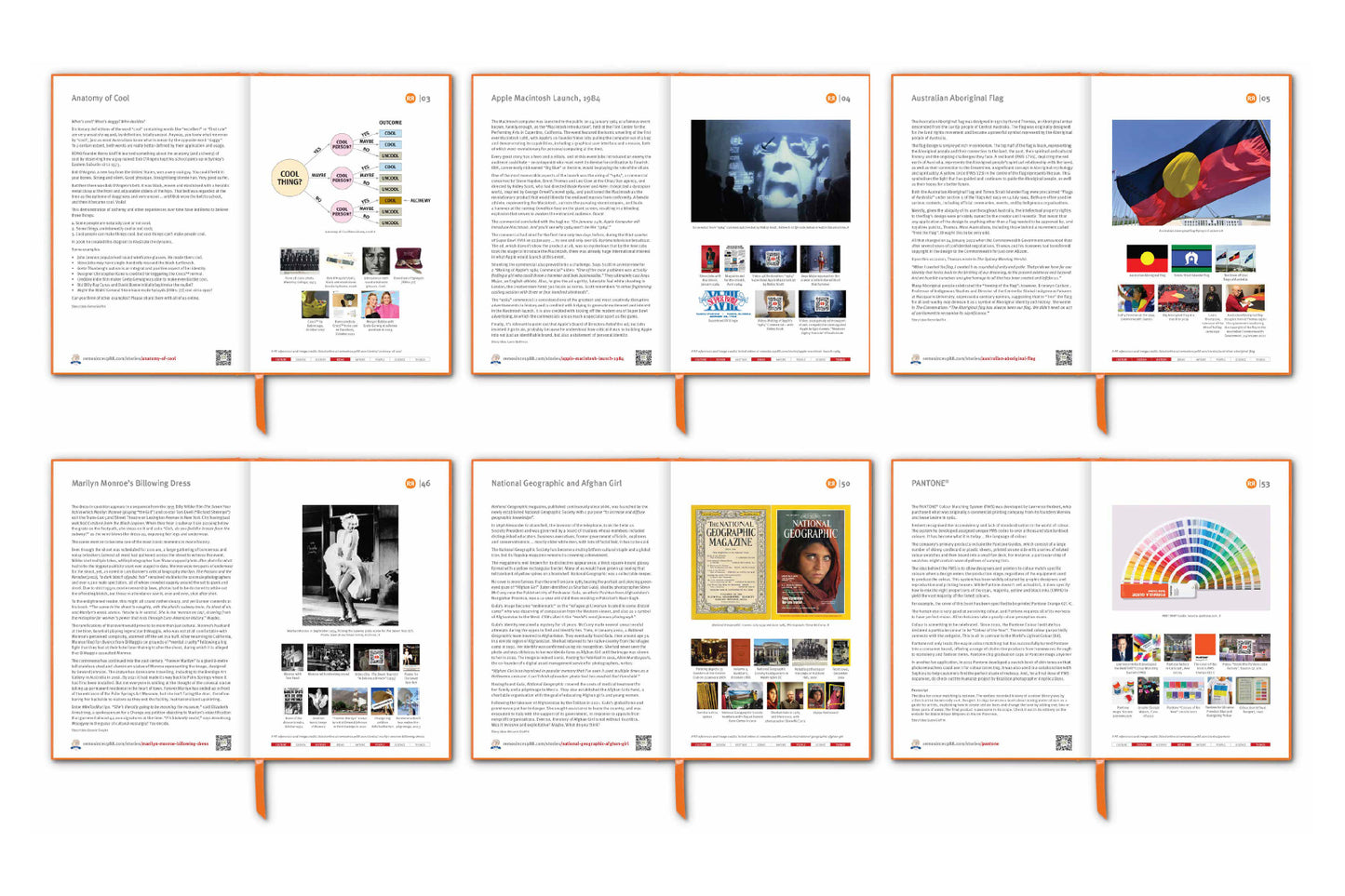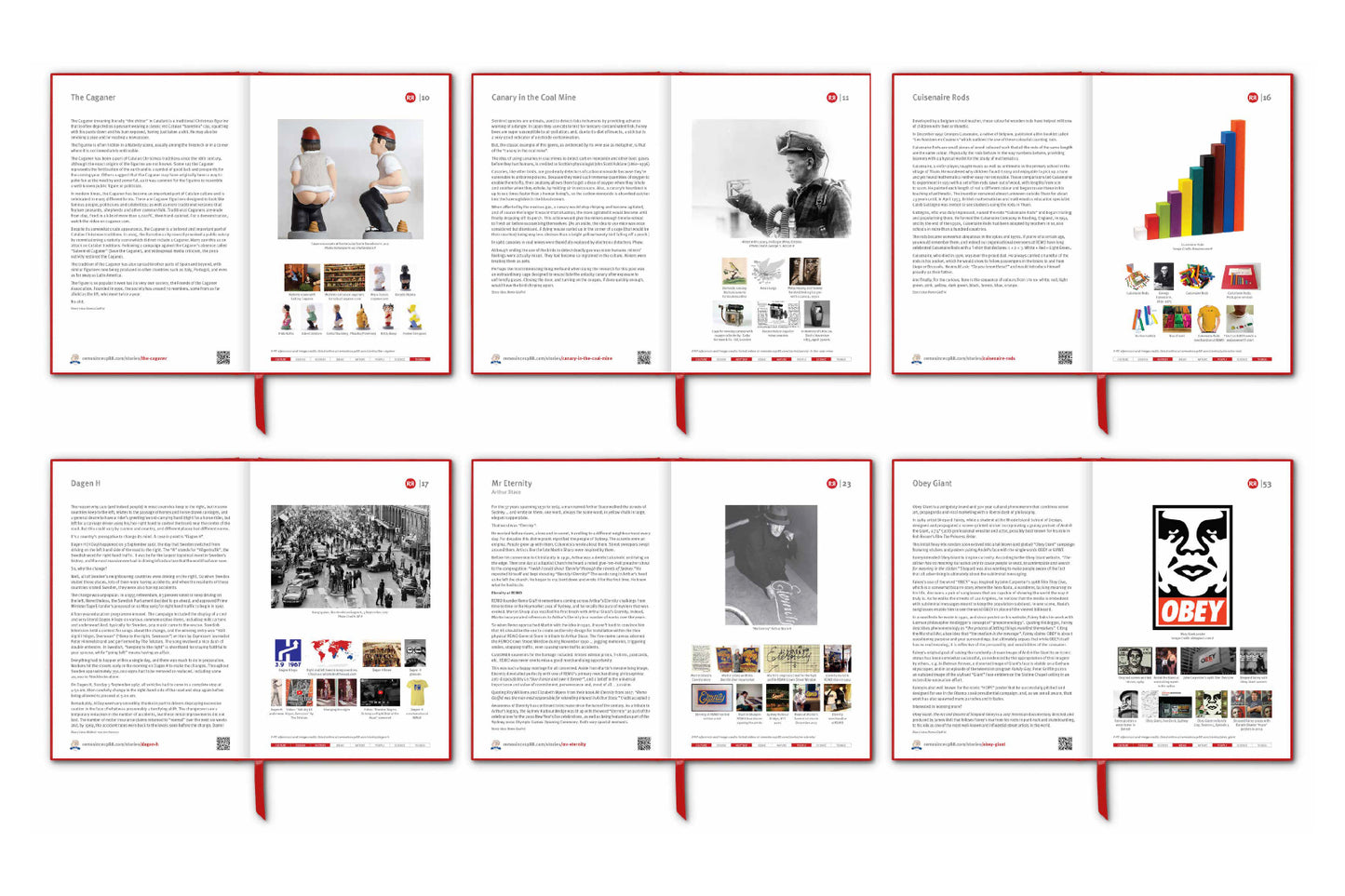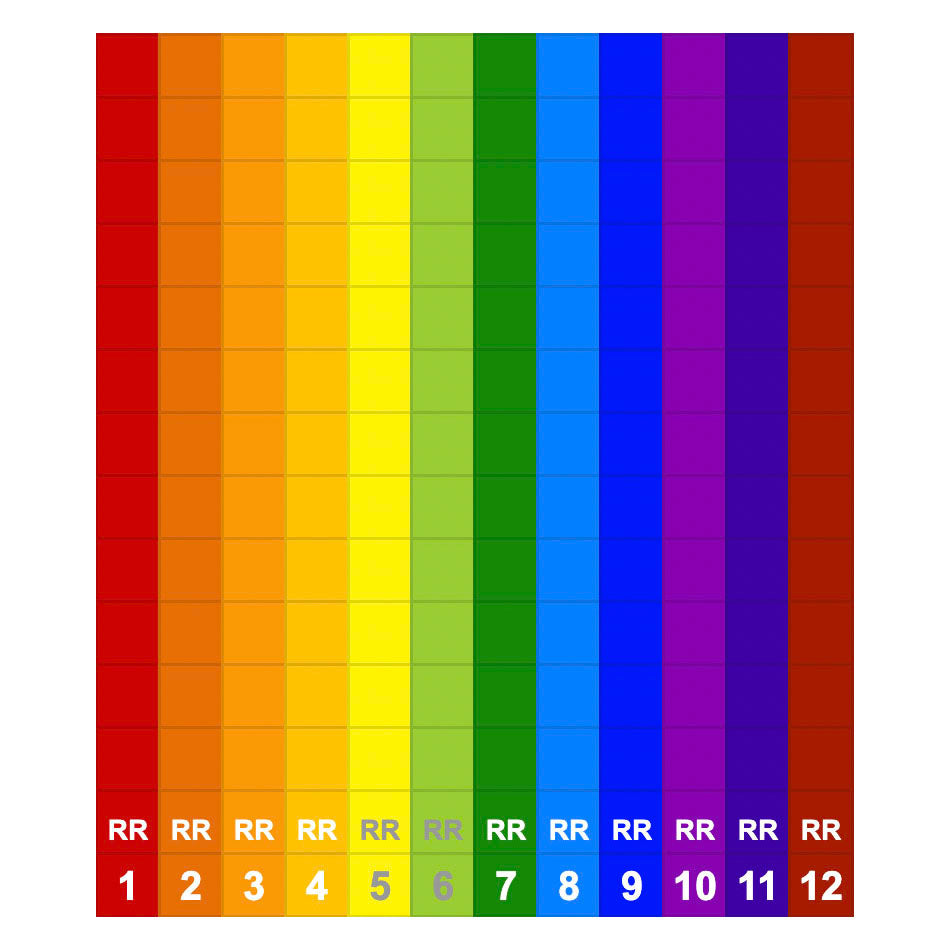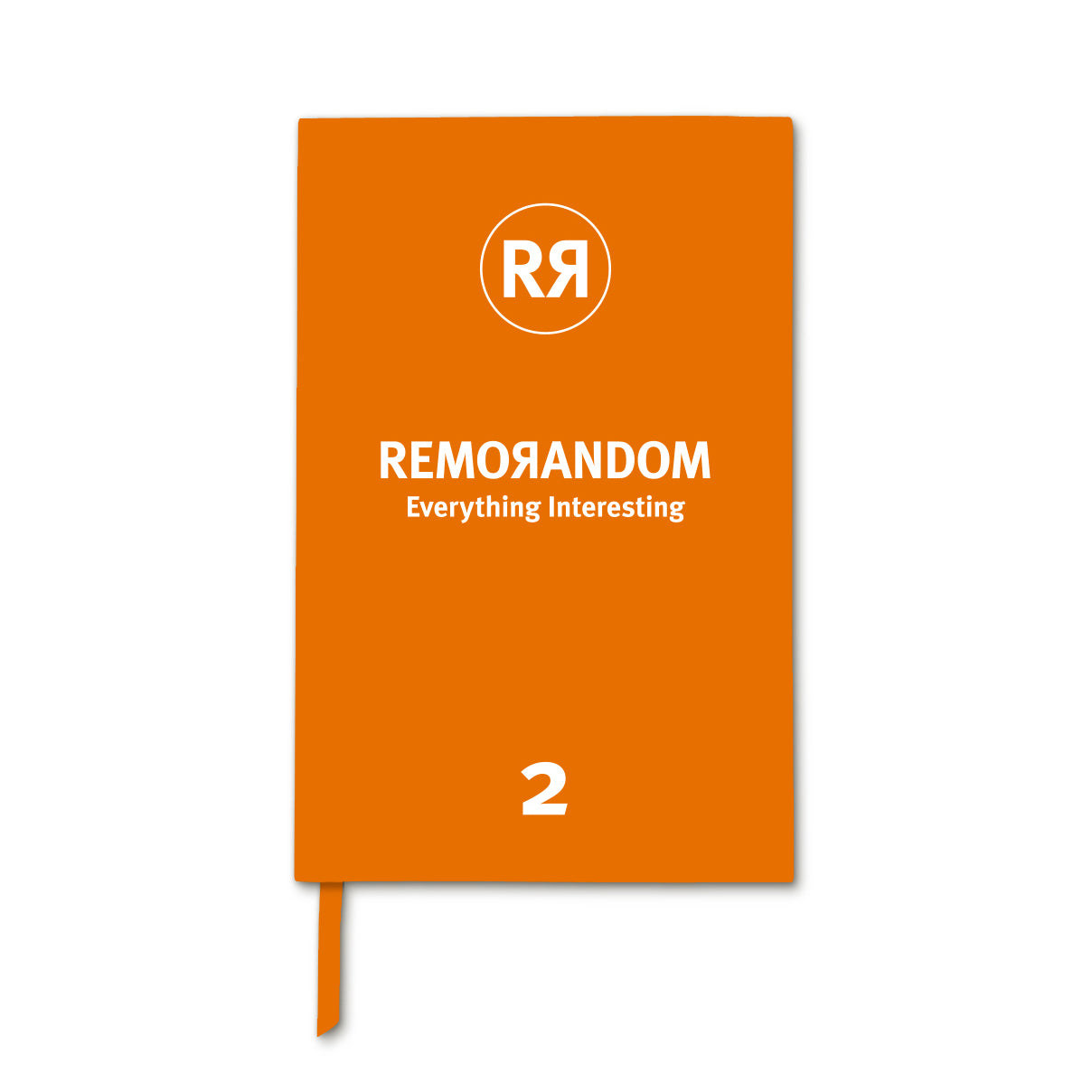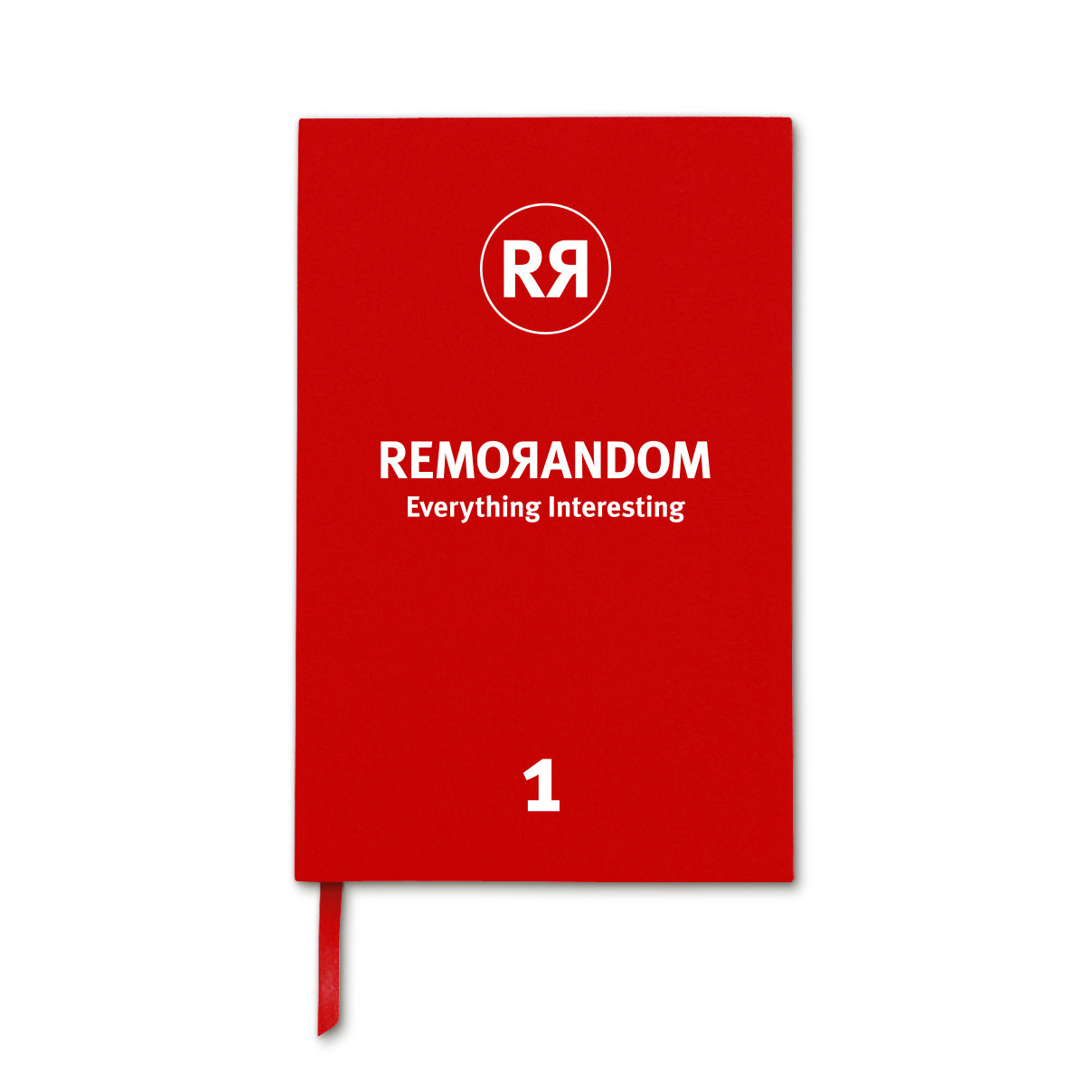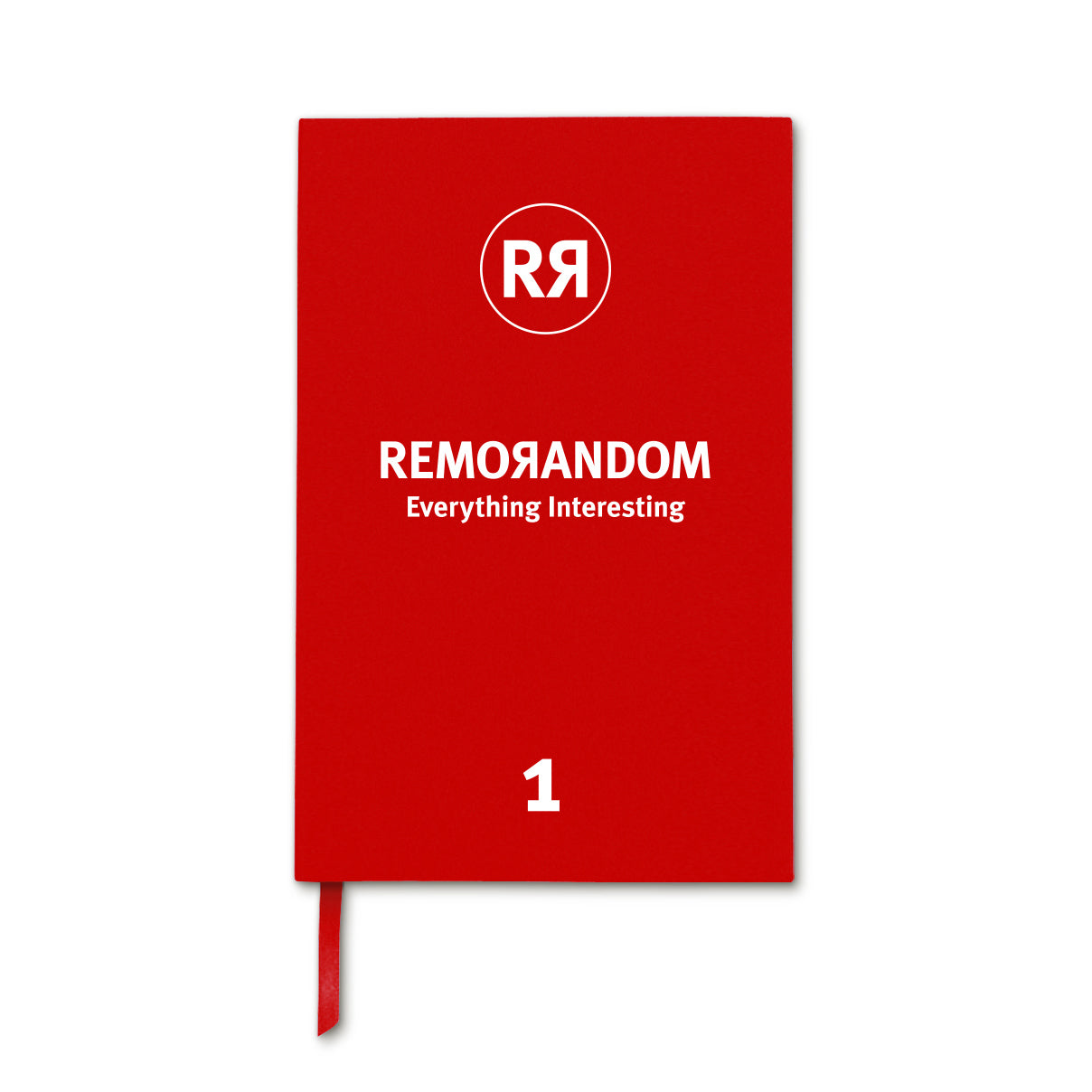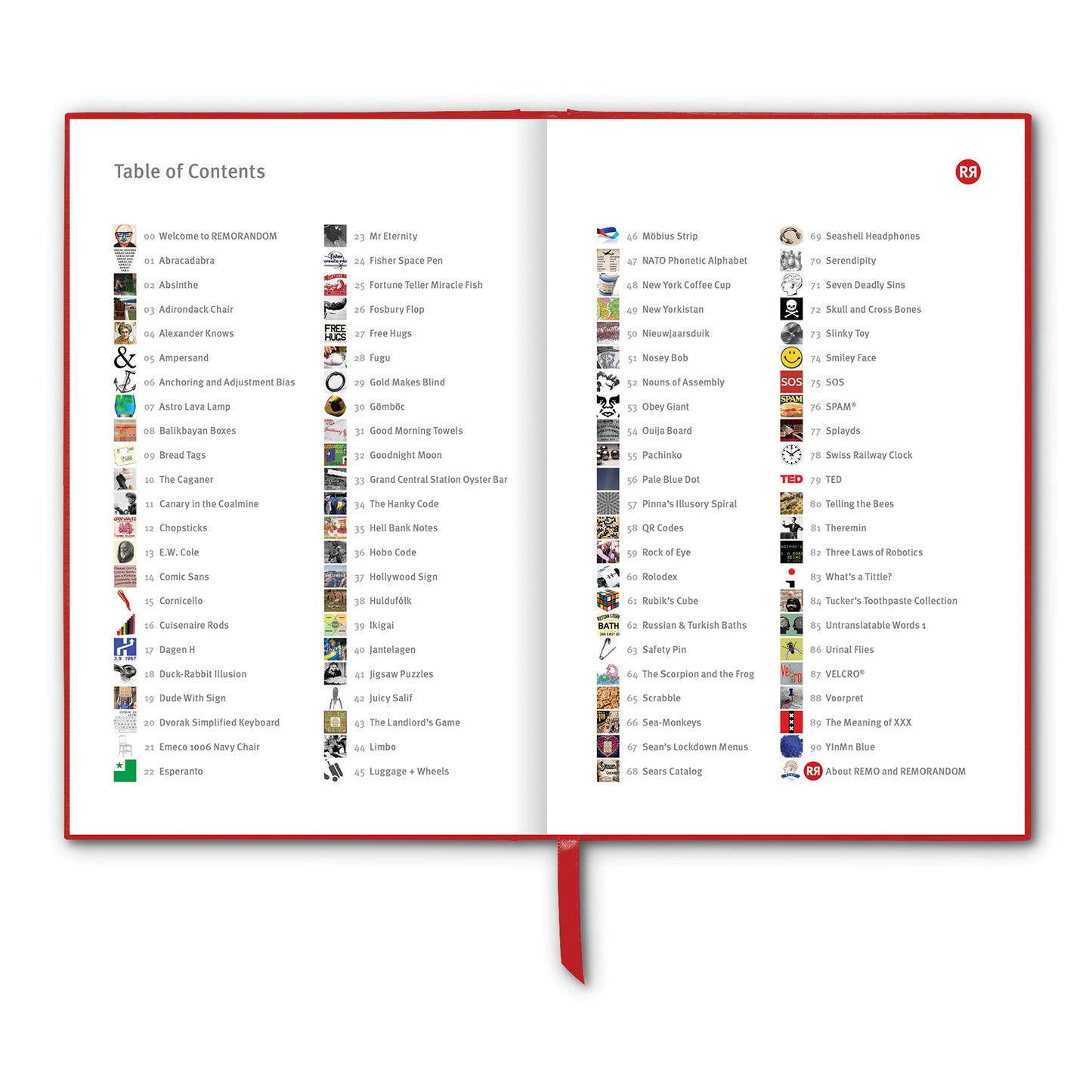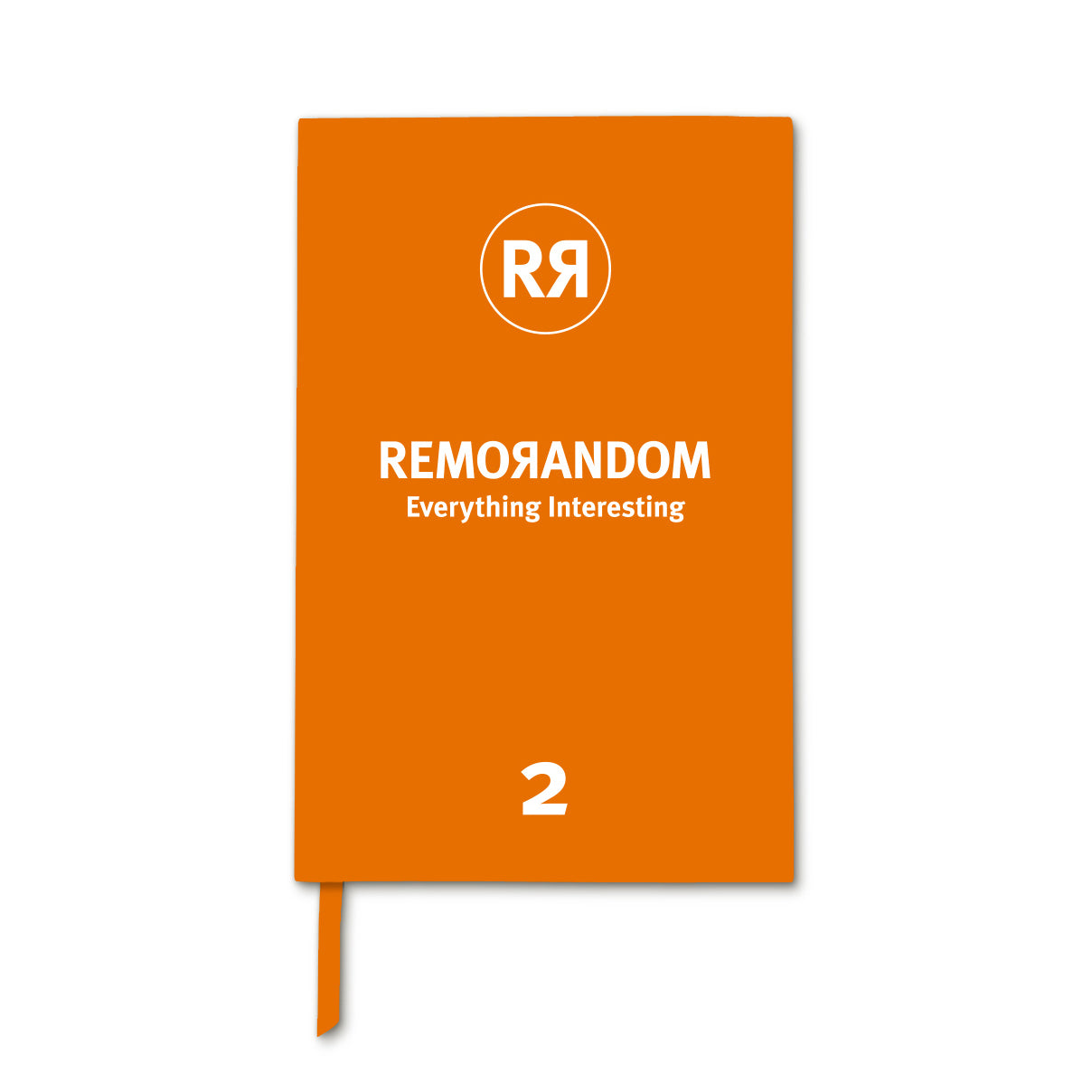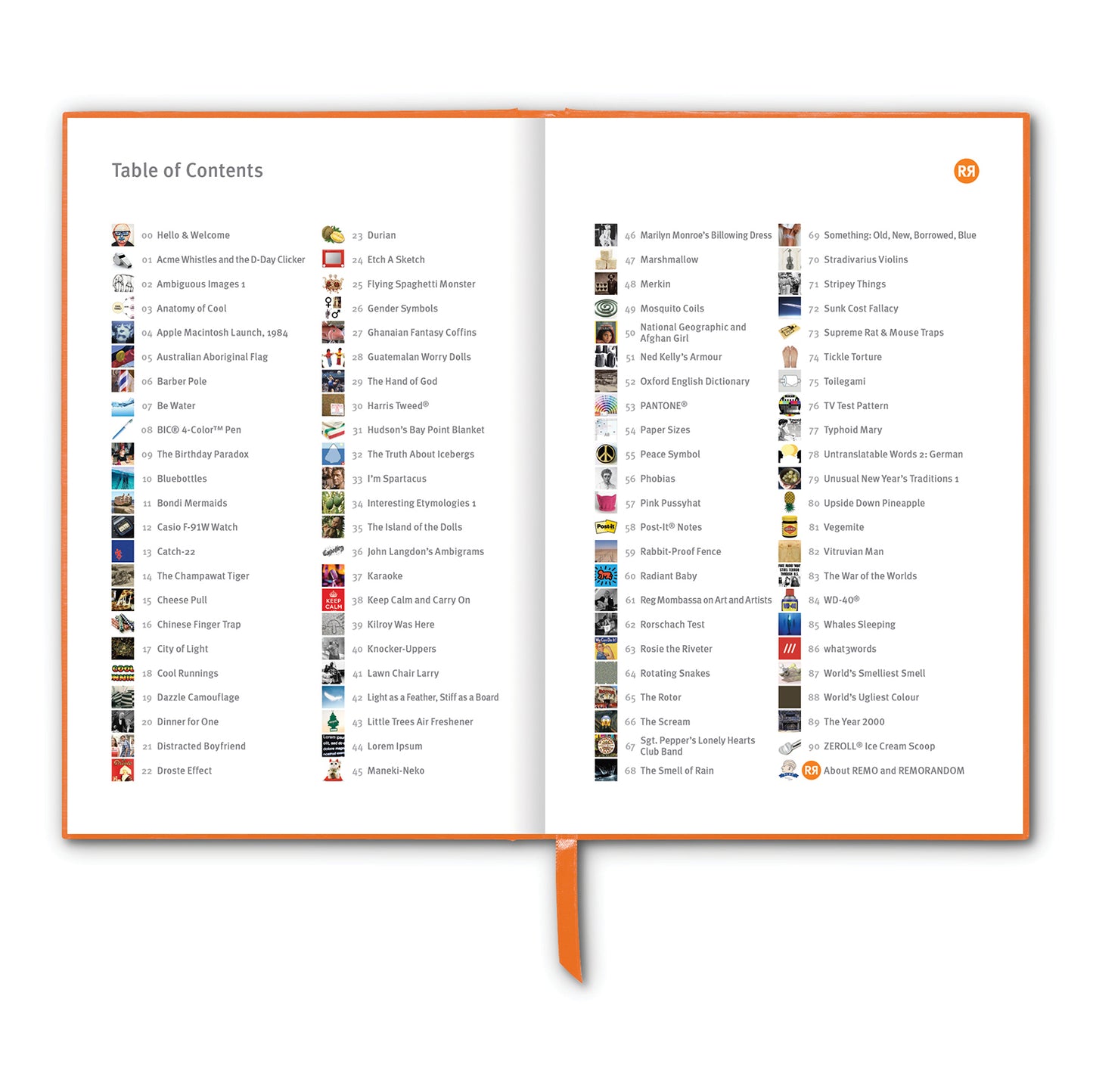President of US Congress John Hancock's signature is the most prominent on the 1776 United States Declaration of Independence and the Articles of Confederation; and indeed the name "John Hancock" or just "Hancock" has become a synonym for "signature" in the United States.
So what exactly is a signature, and how are they made?
A signature is a handwritten (and often stylised) depiction of someone's name, nickname, or even a simple "X" or other mark that a person writes on documents as a proof of identity and intent.
In some countries, illiterate people place a thumbprint on legal documents in lieu of a written signature.
Many individuals have signatures that are much fancier than their normal cursive writing, including elaborate ascenders, descenders and exotic flourishes, much as one would find in calligraphic writing. As an example, the final "k" in John Hancock's famous signature loops back to underline his name. This kind of flourish is known as a paraph, a French term meaning flourish, initial or signature.
Special signature machines, called autopens, are capable of automatically reproducing an individual's signature. [Ed: That’s cheating!] These are typically used by people required to sign a lot of printed matter, such as celebrities, heads of state or CEOs. People who use autopens often do not disclose this publicly. Signatures generated by machines are valued less than those created manually, and perceived by their recipients as somewhat inauthentic. In 2004, Donald Rumsfeld, then the US Secretary of Defense, incurred criticism after it was discovered that his office used an autopen to sign letters of condolence to families of American soldiers who were killed in war.
In the East Asian languages of Chinese, Japanese and Korean, people traditionally use a stamp-like object known as a hanko with the name carved in tensho script in lieu of a handwritten signature.
The signature on a painting or other work of art has always been an important item in the assessment of art. Picasso had a cool signature.
Some of the earliest known examples of the signature used to validate an identity date back as far as 3,000 BCE. Cultures like the Sumerians and Egyptians began using a series of pictures and symbols – pictographs – to convey the identity of the creator.
It was the Statute of Frauds Act passed in the English Parliament in 1677 that made the signature the everyday marker it is today. The new law stated contracts, wills and grants must be signed, a measure that during its time was an effective guarantee against fraud.
By the 1980s technology was already rapidly changing the role of the signature. The rise of the fax machine meant more contracts were being scanned and sent electronically, and legislation in both the United States and United Kingdom changed to adopt this shift.
And in 2000, President Bill Clinton signed the E-Sign Act into law, which validated electronic contracts and paved the way for the global adoption of e-Signature technologies in businesses. Today, individuals and organisations can securely send and sign documents from anywhere in the world and get them signed in minutes rather than days. Much better.
Do you opt for the suggested cursive versions of your signature when electronically signing a document? Or do you upload an image of the real thing? What we're trying to say is: are you more lazy than you are vain?
Story Idea: David Astle
____________________________
References
wikipedia.org/wiki/Signature
wikipedia.org/wiki/Autopen
Images
1. John Hancock's signature on the United States Declaration of Independence and the Articles of Confederation
2. This 5,000-year-old tablet depicting beer-making and a signed sales transaction was sold for US$230,000 in 2020. Symbols on the top left corner of the tablet — the supposed signature — spell the name "Kushim". Credit: Bloomsbury Auctions/BNPS.
3. Artist Pablo Picasso had a cool signature.
4. US Treasury Department check signing machine operated by J.L. Summers in 1918
5. Hanko stamp
6. Henry Li carving a Japanese Tensho Name Seal for Matt Fujimoto. Video HERE.
7. Fingerprints may be used instead of signatures where the signer is illiterate. Here on an Indian legal document of 1952.
8. Some famous people and their signatures
